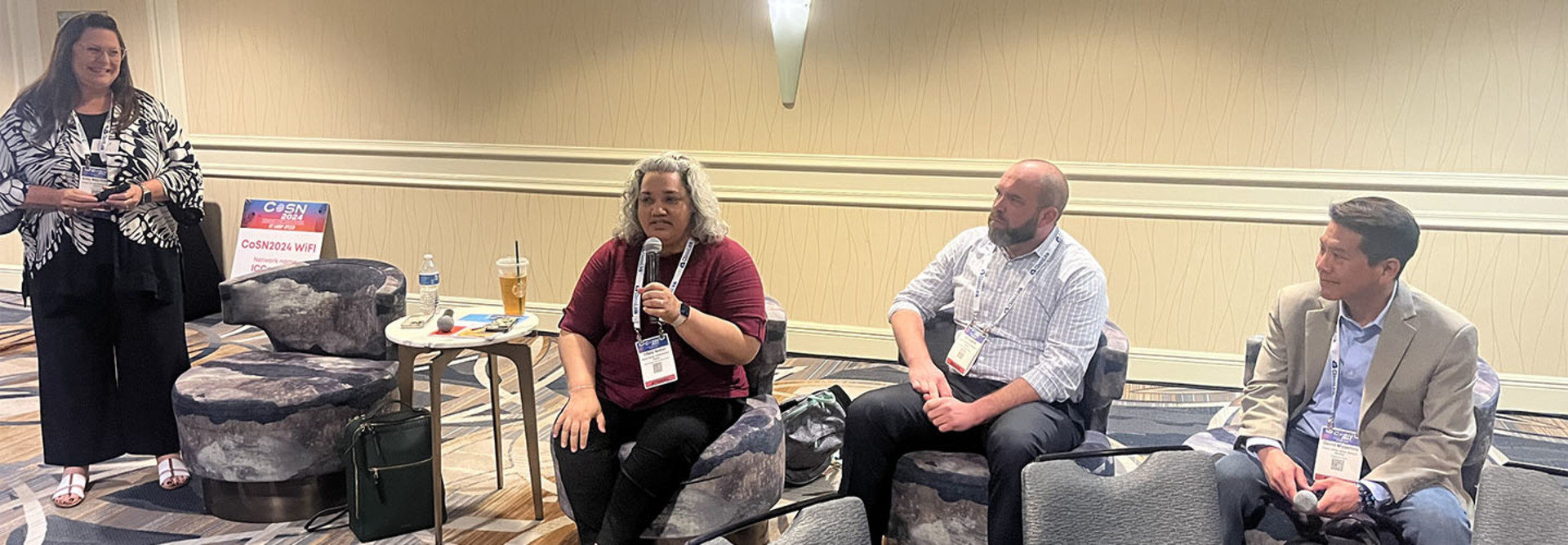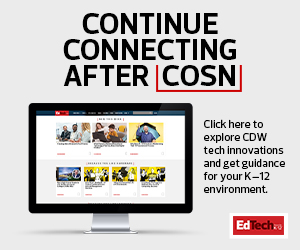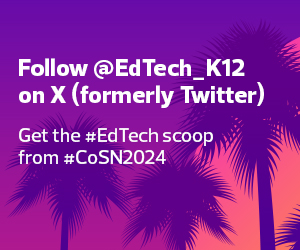Everybody Wins When Superintendents Uphold IT Policies
Technology leaders should focus on building strong relationships among leaders and among team members, the panelists said. The impact can be seen when siloed IT teams experience resistance to implementing certain initiatives districtwide.
However, administrative support can help dissolve that resistance. For example, Norton said, when her team required two-factor authentication, one director was hesitant to comply. Fortunately, her superintendent — who previously had served as a technology leader — heard the pushback and quickly supported the new policy.
DIG DEEPER: IT leaders say strategic communication supports tech investments.
When it comes to cybersecurity initiatives, IT cannot stand alone. “You really need the work and the voice of everybody in the district in order to be successful on that,” Norton said. “That superintendent is the person who can help pave the way, and I'm super lucky that Kelly sat in the seat before I did. So, she has the knowledge, and my voice is at the table even if I'm not at the table. Kelly is looking at things through that lens so my voice is in the conversation, even if I'm not in the room, which is really, really cool.”
Panelists added that superintendents can’t lend support if they are not aware of what is going on, so good communication among leaders is important. At Cajon Valley Union School District, CTO Guertin said that having a cabinet-level position has greatly improved communication within the administrative team and with school board members because he is able to share his views directly with key decision-makers.
Looking Beyond Technical Skills to People Skills When Hiring
While the superintendent-CTO relationship sets the tone for getting work done, the relationship with the team also matters. The leaders mentioned they have been very intentional about building a positive work culture.
For example, Miyashiro said, when he poached Guertin from a neighboring district 10 years earlier, it wasn’t just because he was keen on enacting digital transformation. While he wanted to take the district from a “technology desert” to a technology oasis, he chose Guertin because of his superior people skills.
DISCOVER: Three keys for creating massive technological change in K–12.
This was important because Cajon Valley is located in San Diego, one of the country’s most expensive metropolitan areas, and district employees are paid about 30 percent less than what they might earn from a neighboring organization.
“We were the least-liked department in the district,” Guertin said. “Nobody would try anything new because they knew they would be shot down, employee morale was low, nobody was happy. Nobody wanted to be here.”
So, naturally, retention was a problem.














